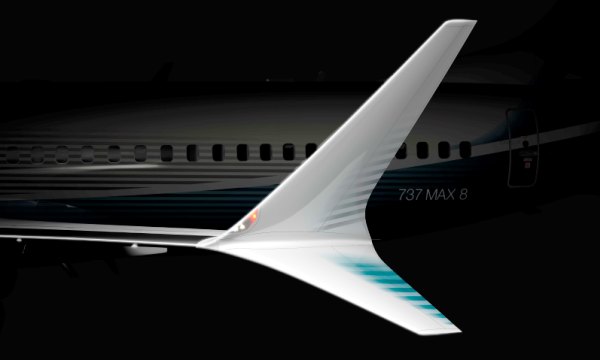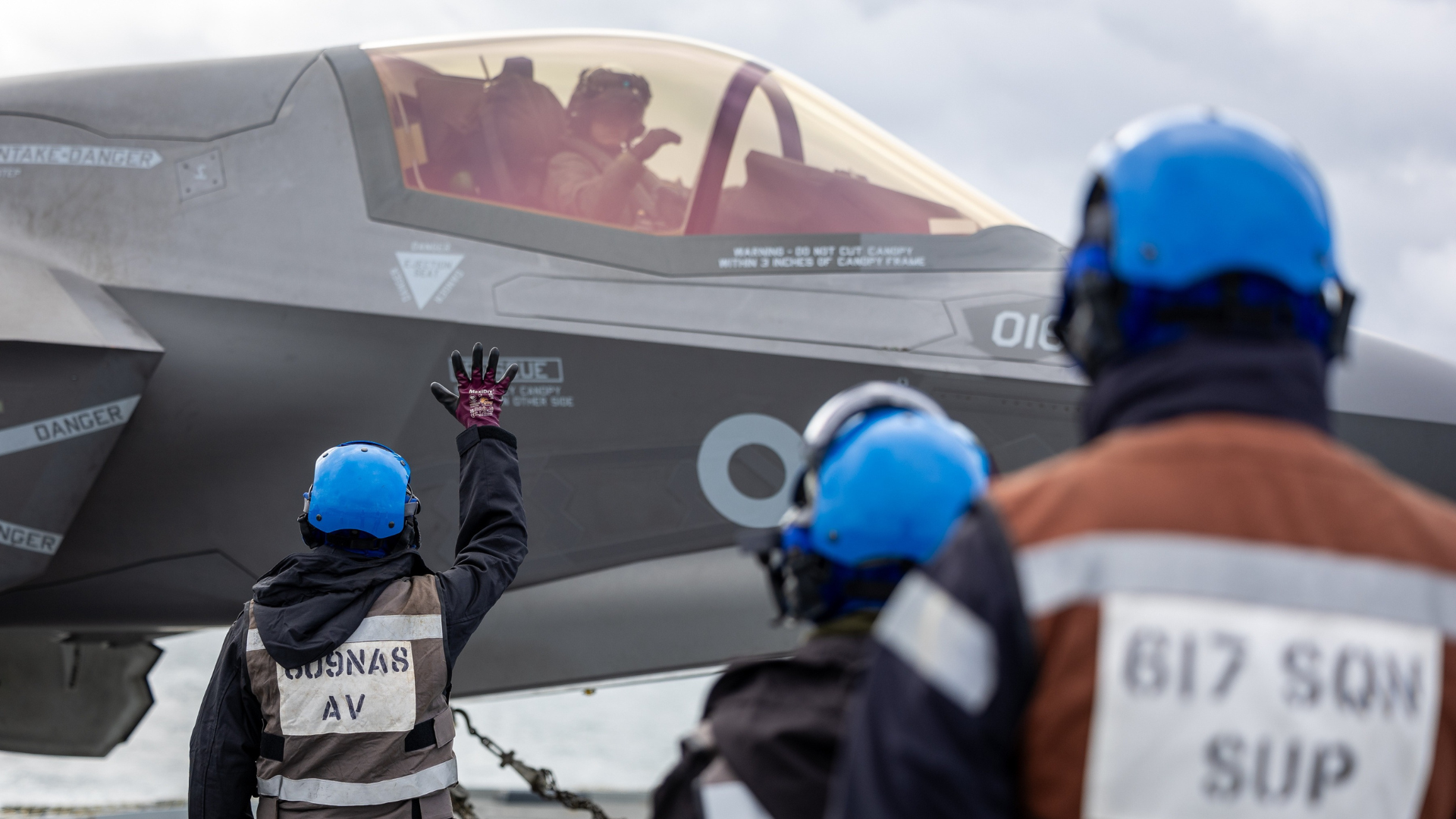
In just a few hours’ time (Seattle weather permitting of course!) the final piece of the ‘next generation’ single-aisle jigsaw will be complete – as the Boeing 737MAX takes its first flight.
Whilst the Airbus A320neo has only just entered service, and the Bombardier CSeries is set to be delivered to its first customer by Q2 2016, the maiden flight of the MAX signals the first time these three, technologically advanced and industry leading single aisle aircraft will all be flying at the same time.
Over the past 5 years (when the Neo and MAX projects were announced – with the CSeries back in 2007) the global aerospace industry has been waiting patiently for each aircraft to begin their fight tests, start their certification process and begin entering service, to see whether they can deliver on the significant cost savings and environmental improvements promised.
On the face of it, today’s 737MAX taking to the grey and cloudy skies in and around Washington state, will look like any other single-aisle aircraft currently flying with the likes of Southwest and Ryanair. However, peel away the skin and it is innovations in aerodynamics, weight saving and engine technology in particular, which will be delivering a next generation capability to new customers.
The MAX will run CFM LEAP engines on all of its variants, as well as include new advance technology winglets, that will all together deliver a 14% improvement on the current generation of 737. Today’s first flight also signals a milestone for UK industry – with the likes of GKN Aerospace set to produce the Advanced Technology Winglet on the Isle of Wight, and Meggitt in the Midlands delivering Engine Heat Exchangers for the LEAP engine.
Alongside the MAX, the A320Neo offers the option of both the Pratt & Whitney Geared Turbofan and the CFM LEAP engines for its customer, as well as fuel savings winglets designed in Filton, Bristol. Altogether, changes and updates to the aircraft will deliver a 15-20% fuel efficiency saving on the current A320 aircraft.
The CSeries (as the only whole new Single Aisle aircraft of the bunch) will also operate the revolutionary Pratt & Whitney Geared Turbofan, and use new composite wings designed and manufactured in Belfast – which are optimised to be lighter, have a higher aspect ratio and low drag, in order to reduce fuel burn. Overall, this will deliver a 15% Cash Operating Cost Advantage, 20% less CO2 emissions and 50% fewer NOx emissions.
Many commentators have in some ways bypassed the advances in technology seen in the smaller single-aisle market, by drawing too much of a comparison with the huge shift in innovation seen in the wide-body market with the 787 and A350. However the re-engining era has had mass demand and appeal from the global operators.
These aircraft and the advantages they offer, are why the backlog for single aisle aircraft currently stands at 10,676 – more than double (118%) the order book levels seen back in 2010. This backlog is also worth £70bn to the UK economy. Deliveries for these next generation aircraft will continue for the next 10 years, and will bring both cost efficiency, environmental, and passenger experience improvements to old and new airlines around the world.





